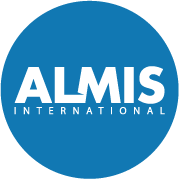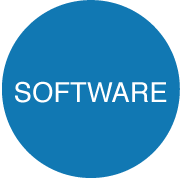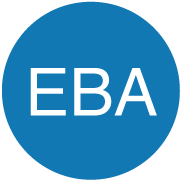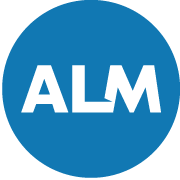ALMIS® gives financial institutions the ability to manage, monitor and report their financial risk profiles, providing their Executives and Boards with accurate information on current and forward looking positions to help them proactively monitor and plan. The same system provides a single version of the facts and for regulatory reporting.







